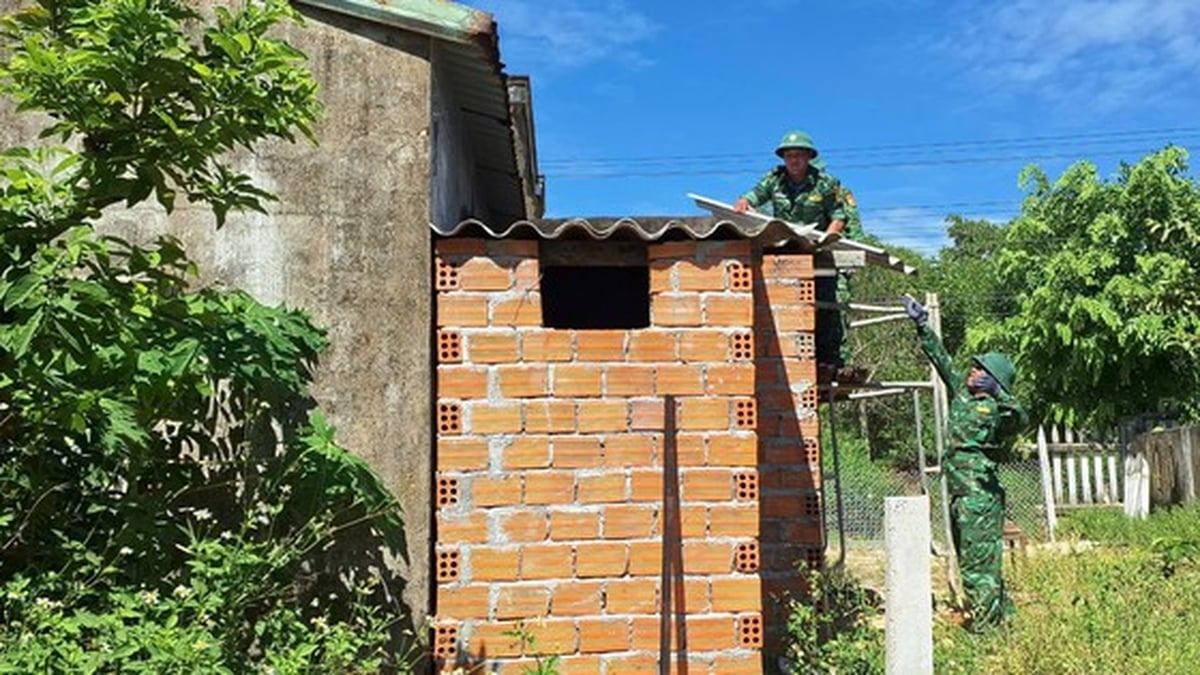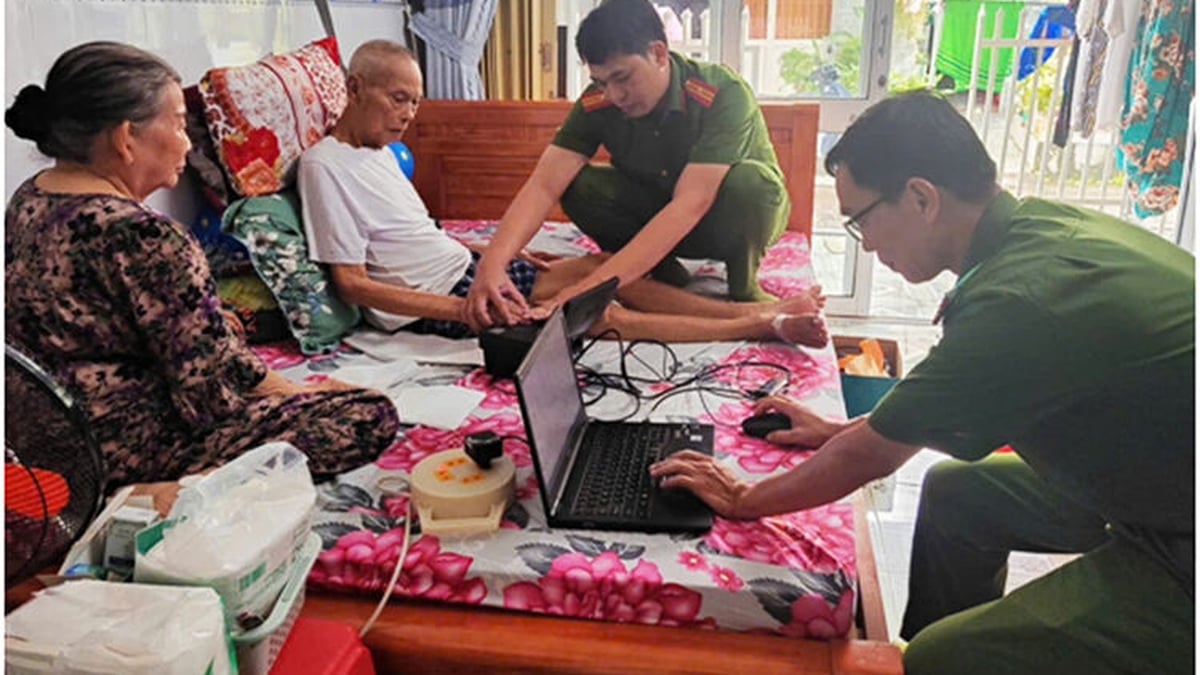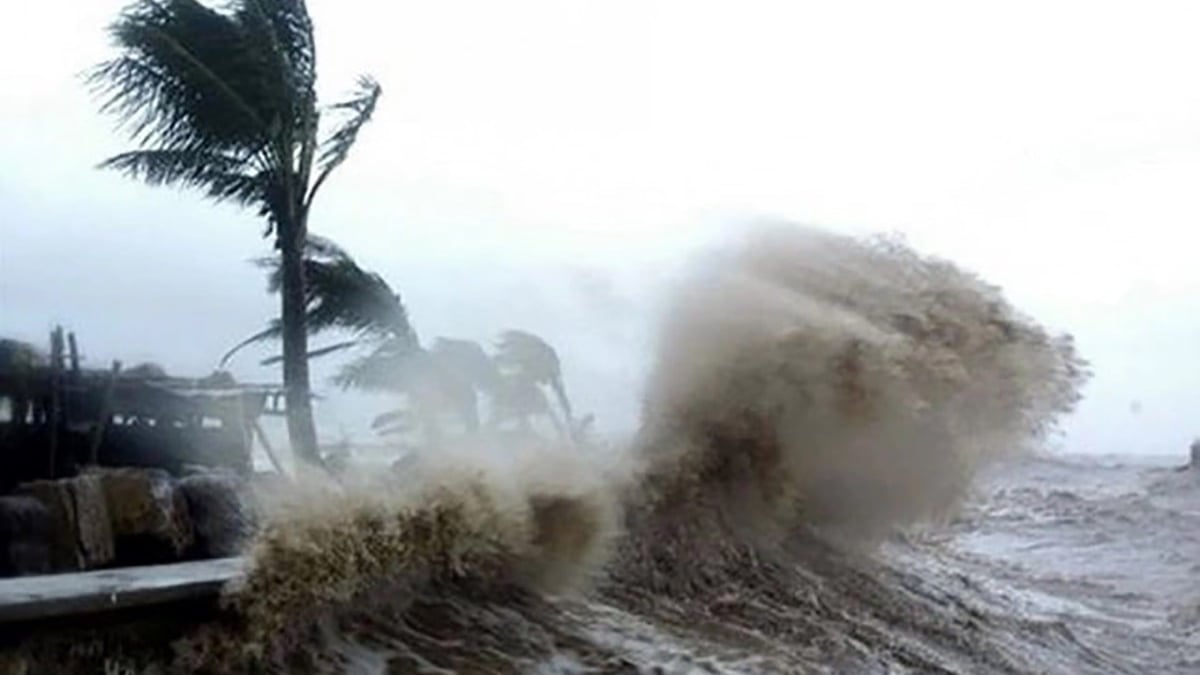Speaking at the discussion session on the draft Law on Credit Institutions (amended), delegate Trinh Xuan An (National Assembly Delegation of Dong Nai province) said that the draft law has many provisions to prevent risks to the banking system.
However, delegate Trinh Xuan An suggested that there should be more solutions to prevent risks for the system. The delegate gave an example of the incident at SCB Bank; or in the US, although they have a very strong banking system, they still let bank failures happen. Therefore, if the draft law can design more regulations to prevent systemic risks, when an incident occurs, we can support the entire banking system and credit institutions.
Delegate Trinh Xuan An's opinion needs to be carefully studied and it would be better to design additional risk prevention regulations for the banking system in particular and credit institutions in general.
 |
| National Assembly Delegate Trinh Xuan An, National Assembly Delegation of Dong Nai Province. Photo: National Assembly Portal |
It must also be said that the risk prevention policy for our country's banking system has been designed and operates relatively effectively. In fact, in 1997, when the National Assembly considered and passed the Law on Credit Institutions, experts analyzed this issue very carefully. Banking and credit activities are highly systemic. If just one bank fails, it will easily cause a domino effect on the entire credit system and the economy . Therefore, the Law on Credit Institutions in 1997 has very specific regulations to prevent systemic collapse. These are very detailed and strict regulations on a bank or credit institution being placed under special control and regulations on the confidentiality of this information. Only when special control measures cannot help restore normal operations, causing the bank to remain insolvent, will bankruptcy be considered.
Through the amendments to the Law on Credit Institutions, we have added many solutions to increase risk prevention for the banking system and credit institutions. These are regulations forcing weak banks and credit institutions to accept consolidation, merger or acquisition.
In fact, in recent times, the State Bank of Vietnam has always clearly demonstrated its management spirit to avoid a commercial bank having to declare bankruptcy, avoiding the risk impact on the entire system. The recent decisions to acquire weak, loss-making banks at zero dong clearly demonstrate the determination of the State Bank of Vietnam in limiting systemic risks. This is unprecedented in our country, so the implementation will certainly not avoid lessons to be learned.
It is undeniable that the solution of merging or acquiring weak banks and credit institutions is extremely necessary and useful to prevent domino effect collapses.
We already have the legal basis, theoretical basis and practical basis for dealing with weak banks and credit institutions. Therefore, we should focus more on studying lessons learned from practice to perfect solutions, making implementation more effective.
WIN
Source






























































































![[Infographic] In 2025, 47 products will achieve national OCOP](https://vphoto.vietnam.vn/thumb/402x226/vietnam/resource/IMAGE/2025/7/16/5d672398b0744db3ab920e05db8e5b7d)





Comment (0)